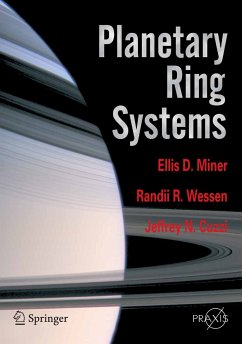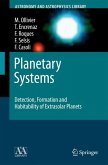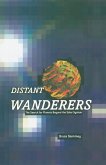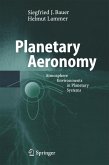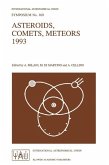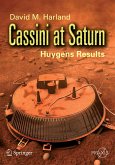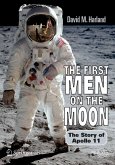Dieser Download kann aus rechtlichen Gründen nur mit Rechnungsadresse in A, B, BG, CY, CZ, D, DK, EW, E, FIN, F, GR, HR, H, IRL, I, LT, L, LR, M, NL, PL, P, R, S, SLO, SK ausgeliefert werden.
"This book is not just for astronomy students; many people will enjoy it ... . The book covers all of the giant gas planets, since they all have complex ring systems, and each has different attributes and features. The authors present the recent research findings on these systems, and they point out the numerous questions that still need to be answered. Summing Up: Highly recommended. General readers; lower-division undergraduates through faculty." (J. R. Kraus, CHOICE, Vol. 44 (10), June, 2007)

